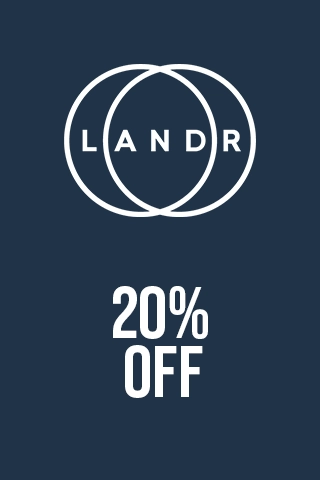Digital Real Estate: Ultimate Guide to Music Monetization
Published on Sep 1, 2025
Premium

Preview:
Digital Real Estate - B2B When we talk about digital real estate, we’re not talking about directly monetizing music. Instead, it’s about leveraging the value that music creates. Music opens the door to opportunities - opportunities that …